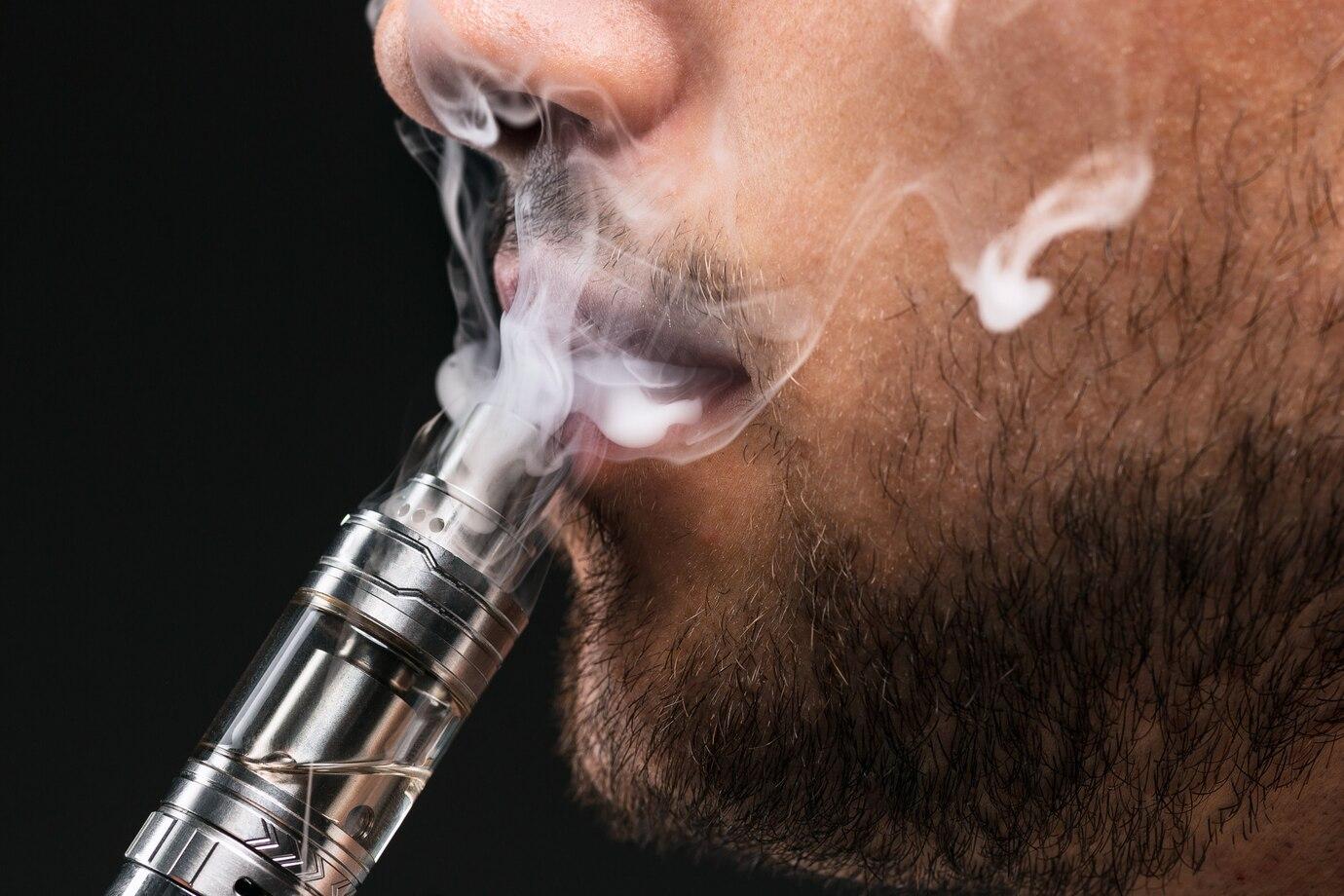E-cigarettes Market Competition Analysis: Challenges, Market Dynamics, and Future Opportunities in the Vaping Industry

The global e-cigarette market has witnessed significant growth over the past decade, driven by increasing consumer demand for alternatives to traditional tobacco products. As regulatory frameworks evolve and new competitors enter the market, the competitive landscape continues to shift.
Market OverviewE-cigarettes, also known as electronic nicotine delivery systems (ENDS), have gained popularity due to their perceived reduced harm compared to conventional cigarettes. The market is characterized by rapid innovation, changing consumer preferences, and a complex regulatory environment. The growing awareness of health concerns related to smoking and the introduction of flavored e-liquids have fueled demand for e-cigarettes worldwide.
Key Players and Market ShareThe e-cigarette market is dominated by a mix of established tobacco companies and independent vape brands. Some of the major players in the industry include:
Juul Labs, Inc. – A leading brand known for its sleek pod-based devices and strong market presence in North America.
British American Tobacco (BAT) – Offers a range of vaping products under the Vuse brand, competing globally.
Philip Morris International (PMI) – Manufactures IQOS, a heated tobacco product often categorized alongside e-cigarettes.
Imperial Brands – Markets e-cigarette brands such as blu and Pulze, targeting a broad consumer base.
SMOK and Vaporesso – Prominent independent vape brands specializing in open-system devices for advanced users.
The competition among these players is fierce, with each striving to expand their market share through technological advancements, aggressive marketing, and strategic partnerships.
Competitive StrategiesCompanies operating in the e-cigarette market employ various strategies to gain a competitive edge. Some of the key strategies include:
Product Innovation – Continuous research and development efforts have led to the introduction of new vaping devices with enhanced battery life, adjustable nicotine levels, and improved flavors.
Mergers and Acquisitions – Larger firms often acquire smaller vape companies to strengthen their market position and broaden their product portfolios.
Brand Differentiation – Companies focus on creating distinct brand identities through unique device designs, advanced technology, and diverse e-liquid flavors.
Regulatory Compliance – Navigating the evolving legal landscape by adhering to government regulations while ensuring product availability in key markets.
Emerging Market TrendsSeveral notable trends are shaping the e-cigarette market, influencing both competition and consumer behavior:
Rise of Disposable E-cigarettes – Disposable vapes are gaining traction due to their convenience and affordability, posing a challenge to refillable systems.
Flavored E-liquids and Nicotine Salts – The introduction of innovative flavors and nicotine salt formulations has enhanced user experience and satisfaction.
Technological Advancements – Smart vaping devices with Bluetooth connectivity and app integration are becoming increasingly popular.
Increased Health Awareness – Growing concerns about the long-term health effects of vaping have led to stricter regulations and shifts in consumer preference.
Geographical Expansion – Companies are expanding into emerging markets where vaping regulations are still developing, providing new growth opportunities.
Challenges in the E-cigarette MarketDespite rapid growth, the e-cigarette industry faces several challenges that impact market competition:
Stringent Regulations – Many governments have imposed restrictions on marketing, sales, and flavors, affecting product availability and company revenues.
Health Concerns and Public Perception – Concerns about potential health risks and vaping-related illnesses have led to increased scrutiny from health organizations.
Youth Access and Usage – The rising number of young users has resulted in tighter regulatory controls and calls for stricter age verification measures.
Price Wars and Market Saturation – The increasing number of brands entering the market has led to competitive pricing, reducing profit margins.
Supply Chain Disruptions – Global supply chain issues, particularly in battery and chip manufacturing, have affected production and distribution.
ConclusionThe e-cigarette market remains highly competitive, with major players constantly innovating to maintain their market positions. While the industry continues to grow, regulatory pressures, health concerns, and shifting consumer preferences pose significant challenges. Companies that successfully navigate these challenges through strategic innovation, compliance, and market expansion will emerge as leaders in the evolving e-cigarette landscape.
- Art
- Causes
- Crafts
- Dance
- Drinks
- Film
- Fitness
- Food
- Spellen
- Gardening
- Health
- Home
- Literature
- Music
- Networking
- Other
- Party
- Religion
- Shopping
- Sports
- Theater
- Wellness


